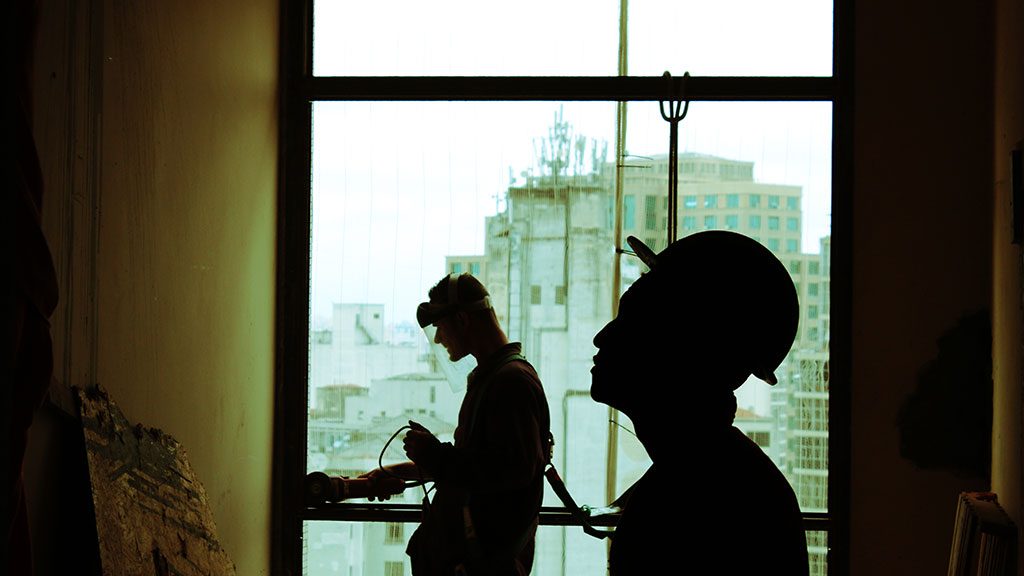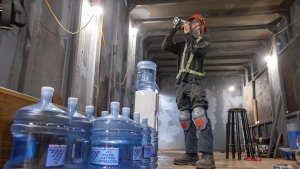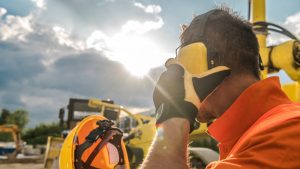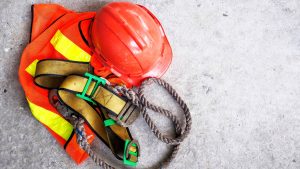Some B.C. employers believe the WorkSafeBC accident fund is run down and needs to change its diet.
WorkSafeBC has an accident fund to provide for all present and future payments for injuries in the current year as well as those from previous years.
“The accident fund is depleting as we speak,” says Dr. Dave Baspaly, president of the Council of Construction Associations. “The cause of the depletion is directly related to the implementation of the recommendations of the various consulting reports in the past few years.”
Baspaly says many of the recommendations are new labour entitlements, many of which have not been properly costed, because there is no formula or historical record to assess their financial impact.
“The accident fund is a critical reserve for ensuring the insurance system is stable over time, particularly under negative economic conditions, such as recession or economic downturn,” says Baspaly.
“By using the accident fund surplus as needed to smooth rates over time, WorkSafeBC can control risk and create certainty. This allows companies to predict conditions for bids and tenders without being exposed to unexpected changes in their costs.”
B.C. employers want to bring more balance to the system, Baspaly says.
“Workplace safety has not been receiving as much attention as it should and social justice issues have been getting more recognition,” he says.
“A thorough analysis should be conducted and a sound financial plan that is based on an analysis of impact on the accident fund should be prepared. Activities that are deemed out of scope or peripheral should be discontinued or transferred to relevant provincial ministries.”
Baspaly is not alone in his opinion.
“We’re concerned that WorkSafeBC is heading in the wrong direction,” says Jordan Bateman, spokesperson for the Independent Contractors and Businesses Association. “It’s been drawing down its surplus and we’re worried that stable rates are coming to an end and that in the future we’ll have to pay higher premiums. We offer medical and dental plans to our members and we know how insurance plans work.”
Dave Earle, president and CEO of the BC Trucking Association, a member of The Employers Forum, the business community’s main liaison with WorkSafeBC, says the accident fund’s costs have gone up too much and too quickly.
“The pace of change has been too fast,” says Earle. “The system needs to settle down and there needs to be time for the changes to work through the system.”
In the 1990s there were fears the accident fund could have gone insolvent, he says, but changes were made to prevent that from taking place.
“We can’t let that happen again,” says Earle.
Ken Peacock, chief economist and vice president of the Business Council of BC, says the accident fund needs to be put into better shape now because the provincial economic outlook is uncertain.
“There has been decline in business investment because of the winding down of big capital projects,” says Peacock. “The accident fund is paid for by employers and a weak economy means employers aren’t able to contribute as much to the fund.”
WorkSafeBC’s opinion is somewhat different from that of employers.
“Our surplus has been intentionally declining, as we have been returning surplus to employers through assessment rates set lower than the actual cost of claims,” says Mark Heywood, WorkSafeBC’s chief financial officer.
The preliminary average premium base rate in 2025 paid by employers is 1.55 per cent ($1.55 per $100 of assessable payroll), he says, which is $0.23 per $100 of payroll less than the cost to provide the insurance coverage.
“WorkSafeBC continues to be in a financially strong position, which will help mitigate future rate increases, and keep rates as stable as possible,” says Heywood.
Terry Bogyo, an independent researcher and consultant with more than 30 years of experience in workers’ compensation, says there isn’t a one-size-fits-all target for a workers’ compensation accident fund surplus.
“No two jurisdictions are the same,” says Bogyo. “What’s right for B.C. may not be right for (another province). On average, Canadian workers’ compensation boards were about 116 per cent funded in 2022, but the range was between 93 per cent in Nova Scotia and 148 per cent in New Brunswick and P.E.I.”
Bogyo says the accident fund funding level is not a measure of performance. “Establishing and maintaining the right funding level for your jurisdiction, prudently managing funds promised to injured workers and their families, and active monitoring of risks and returns are essential,” says Bogyo. “On these measures, WorkSafeBC compares well with other Canadian workers’ compensation boards.”










Terry Bogyo’s comments are correct: Our WorkSafeBC compares well with other Canadian WCB boards. Each board is unique.
I encourage readers interested in this matter to:
(1) review the Association of Worker Compensation Boards of Canada – KSM Statistics – last updated to 2022
Compare: over five years:- the five largest WCB’s – Ont; QC; BC; AB,SK (by Assessable Payrolls)
(i) Funding Levels and
(ii) Investment performance returns
(2) Using a pencil – review the 2023 Statement of changes in rate group balances:- End of Year [EoY] Unappropriated Surplus – $2.1B: This Statement is based on the Funded Level basis.
(i) Remove the eight Government type Classes EoY 2023 balances [AN, AO, FE, HO, IH, JA, JD, DY]. Since 2022, Management has set the annual rate increases by the maximum permitted amount of 20% for most Government classes. [FYI: Four-year Premium income change- 2019 – $ 278M; 2023 – $743M; change – 63%]
(ii) to result in the 2023 Unappropriated Surplus EoY balance of the forty-four Business Classes. Do the Math: [FYI: Four-year Premium income change – 2019 – $1,386M; 2023 – $1,534M; change 11%]
My final point: It was important for WSBC to reflect the estimate of the Latent Occupational Disease liability (Asbestos poisoning—$668M) in the 2023 Statement of changes in rate groups.